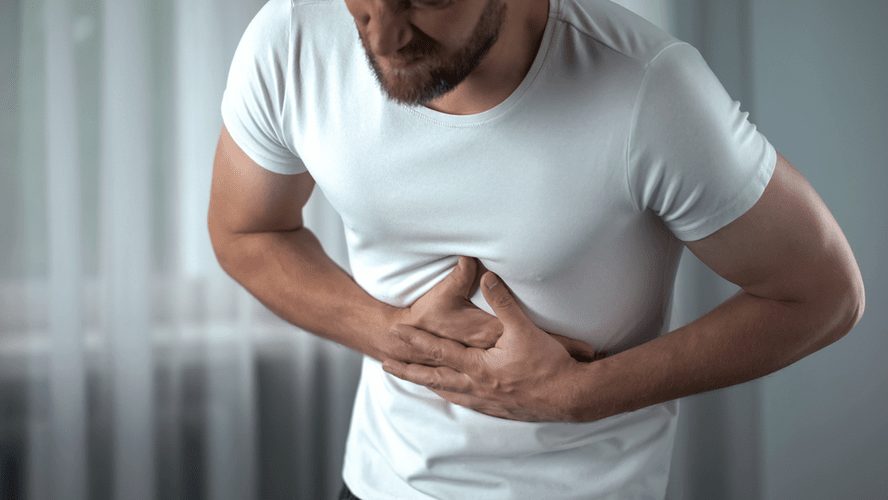Physical Signs of Alcoholism
In 2021, 29.5 million Americans aged 12 or older met the diagnostic criteria for an AUD. If you’re worried that you might have alcohol use disorder, don’t try to quit cold turkey on your own. I am a Mental Health Counselor who is licensed in both New York (LMHC) and North Carolina (LCMHC). I have worked in a residential setting, an outpatient program and an inpatient addictions program. I began working in Long Island, NY and then in Guelph, Ontario after moving to Canada. I have experience working with various stages of addiction, depression, anxiety, mood disorders, trauma, stages of life concerns and relationship concerns.
Even mild symptoms can have negative effects in a person’s life, both personally and professionally. He has a nursing and business/technology degrees from The Johns Hopkins University. Alcohol has been found to be directly causally related to some diseases and conditions, such as mouth cancer in a person with a history of heavy chronic drinking.
Psychological Signs of Alcoholism
This dependency may have underlying emotional and mental motivations. Over time the liver may struggle to process the large amounts of alcohol consumed each day and can begin to fail, causing the skin and eyes of the affected individual to take on a yellow hue. This is known as jaundice and can https://ecosoberhouse.com/ be a sign of alcoholic hepatitis, in which the liver becomes inflamed and unable to work properly. Not every person with an alcohol addiction will display all or even some of these signs, but it’s important to be aware of the indications within your friends, family and even your own behaviours.
- Hosted by Amy Morin, LCSW, this episode of The Verywell Mind Podcast shares strategies for coping with alcohol cravings and other addictions, featuring addiction specialist John Umhau, MD.
- Porphyria cutanea tarda – Porphyria cutanea tarda (PCT) is another indicator of liver disease and is most commonly caused by alcohol use disorder.
- The problem starts, though, when you begin abusing the substance.
- Alcoholic myopathy is a condition that causes loss of function, strength, and deterioration of muscles after prolonged excessive alcohol consumption or binge drinking.
Some people with mental health concerns may self-medicate with alcohol. In the end-stages of alcoholism there are noticeable health conditions, like jaundice from liver failure. There are also more physical signs of alcoholism subtle signs like itchy skin, fluid retention, fatigue, and bleeding. If you know someone who drinks regularly and has these symptoms, call a treatment provider to discuss treatment options.
Am I An Alcoholic Quiz
Once it takes hold, it can be hard to shake loose—without the right help. Twenty-four percent (67.1 million people) binge drank in the past month, meaning that they consumed five or more drinks on at least one occasion. A little over 6 percent (16.6 million people) drank heavily or binge drank on at least five occasions in the last month.

If alcohol dependence sets in, it will likely be more difficult to stop drinking because of the presence of withdrawal symptoms and possibly cravings for alcohol. Too much alcohol affects your speech, muscle coordination and vital centers of your brain. A heavy drinking binge may even cause a life-threatening coma or death. This is of particular concern when you’re taking certain medications that also depress the brain’s function.
Addiction Treatment Programs
Contacting an alcohol use disorder treatment center can help offer advice on where to begin with recovery and how to get help immediately. If you are worried that your or a loved one’s drinking has become out of control, then contact a treatment provider today. First, the body will build a tolerance, which is a natural process. As tolerance builds, a person who consumes alcohol will require a higher volume in order to experience the familiar effects. Second, the body will go through withdrawal if intake of the familiar drug ceases or if there is a significant reduction in the usual amount. When a chronic alcohol abuser stops drinking the signs of withdrawal will set in.
- End-stage alcoholism is the final stage of alcoholism, when serious mental health and medical issues are beginning to appear.
- Alternatively, the individual may replace food with alcohol and instead lose weight, often appearing gaunt and undernourished.
- Severity is based on the number of criteria a person meets based on their symptoms—mild (2–3 criteria), moderate (4–5 criteria), or severe (6 or more criteria).
If you are facing a medical emergency or considering suicide or self harm, please call 911 immediately. The calories contained in alcohol are commonly referred to as ‘empty calories’, meaning they hold no nutritional value for the body. This means the body adds these calories onto the ones consumed via food every time we drink, which can often put people way over their calorie limit if they drink excessively.
Early alcohol use
There are many facial signs of alcoholism, but one of the more common signs is redness in your face. Treatment for alcoholism often involves a combination of therapy, medication, and support. If you think you might have an alcohol use disorder or if you are worried that your alcohol consumption has become problematic, it is important to talk to your doctor to discuss your treatment options.
- Recovered is not a medical, healthcare or therapeutic services provider and no medical, psychiatric, psychological or physical treatment or advice is being provided by Recovered.
- End-stage alcoholism, or late-stage alcoholism, is the final stage of an alcohol use disorder, resulting in serious physical and mental conditions as well as other life consequences from years of alcohol misuse.
- Environmental factors, such as lifestyle and role models, are also important influences.
- Alcohol misuse can impact every aspect of your life in ways you may not expect.
Daily drinking can have serious consequences for a person’s health, both in the short- and long-term. Many of the effects of drinking every day can be reversed through early intervention. If you find yourself regularly thinking about your next drink, or if you’ve tried to cut back on drinking and never quite succeeded, you may have an alcohol addiction. The liver processes most of the alcohol we drink but is unable to deal with all of it. For heavy drinkers and those with an alcohol use disorder, the remaining alcohol leaves the body via breath, sweat, and urine.
